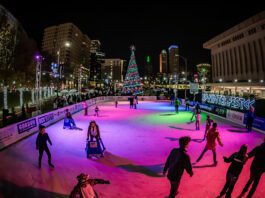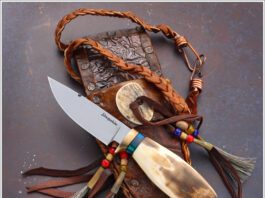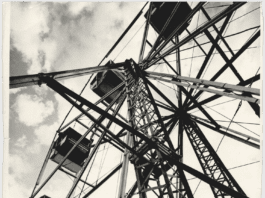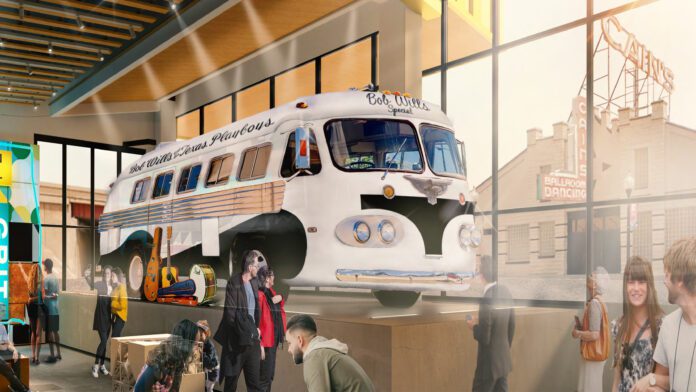
The Oklahoma Museum of Popular Culture (OKPOP) is anticipated to be a place of celebration, inspiration and appreciation – as well as a major tourist draw to downtown Tulsa.
Development of the museum is ongoing, despite several funding challenges along the way. But officials say public support and excitement for the museum will result in a project that will highlight the achievements of Oklahomans in the arts, seek to influence new talent and attract visitors to the state.
“We have already gathered thousands of interviews with and artifacts from Oklahoma creatives that will be used to tell stories about their cultural impact and lasting legacies,” says Jake Krumwiede, the museum’s executive director. “We are excited to surround these stories and artifacts in an unforgettable experience that will inspire pride in Oklahoma and inspire a new generation of Oklahoma creatives.”
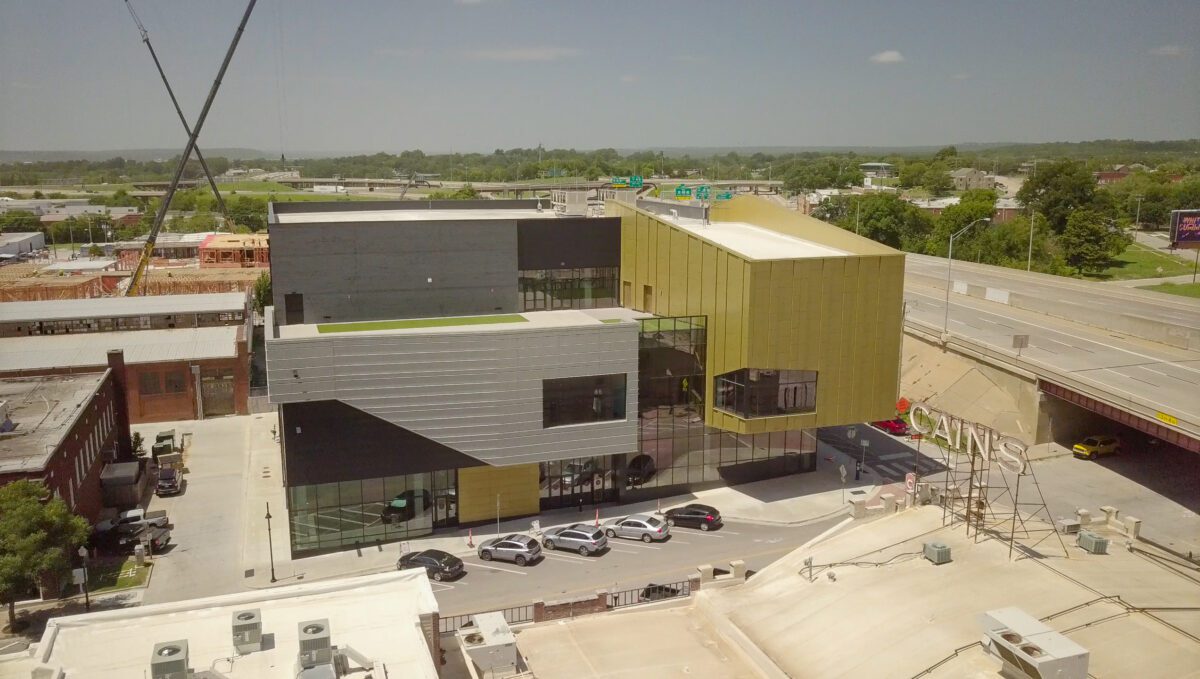
The museum, located in the Tulsa Arts District across from the historic Cain’s Ballroom, is under the direction of the Oklahoma Historical Society. The establishment plans to showcase stories of Oklahomans who have impacted the world of entertainment – from music and movies to television, radio, comics, animation, literature and more.
The Process Thus Far
In 2015, state lawmakers supported the project by providing $25 million in bonds to construct the museum. In 2019, the groundbreaking took place with an original expected open date in 2021. Officials say that the COVID-19 pandemic did impact the project, as did the rising costs of materials and construction services.
Fundraising is ongoing to complete the second phase of the building, “which includes the development and construction of our immersive exhibits and visitor experiences,” says Abby Kurin, managing director of the OKPOP Foundation – the museum’s nonprofit fundraising arm.
“We are raising $36 million to fully fund phase two, which includes exhibit design, build out and some funding for operations,” Kurin says.
She mentions a “a big win” for the project came during the recent legislative session, when lawmakers supported state matching support of $18 million through the passage of Senate Bill 1155. The next step is raising $18 million in private donations for the legislative match.
“We are grateful to Oklahoma elected officials for believing in the mission and economic impact of this museum. In addition to legislative support, we have been making progress securing the $18 million in matching private contributions,” Kurin says.
With those critical fundraising goals at the forefront, tough choices needed to be made. Krumwiede said in a statement this summer that officials made “the hard decision to temporarily reduce our staff until the museum build-out is fully funded. We are immensely grateful for all the incredible work our larger team has accomplished over the past two years in research, planning, operations, acquisitions, videography and design.”\

Looking Ahead
Krumwiede says he expects that it will take 18 to 24 months “to complete the interior build-out for phase two once the funding has been secured.”
He mentions that the excitement about the museum remains high, and he also believes the museum will be a major tourist draw.
“We believe now is the right time for this museum. Tourism in Oklahoma is a multi-billion-dollar industry, and OKPOP fits perfectly into the pop culture tourism that already exists in Tulsa – like the Woody Guthrie Center, Historic Route 66, the Bob Dylan Center, the Church Studio, Cain’s Ballroom and The Outsiders House Museum,” he says. “There is a lot of great synergy with our museums as we continue to make Oklahoma a tourism destination.”
When all is said and done, Krumwiede says he believes the museum will be a place of celebration and aspiration.
“At the core of our mission is to remember and inspire future Oklahoma creatives,” he says. “Public support – and public excitement – is crucial for a project like this. We hope Oklahomans will join us in celebrating these influential Oklahomans by supporting this project, sharing names of people they know who should be included in our archives and museum, and having pride in the creative spirit of Oklahoma.”


